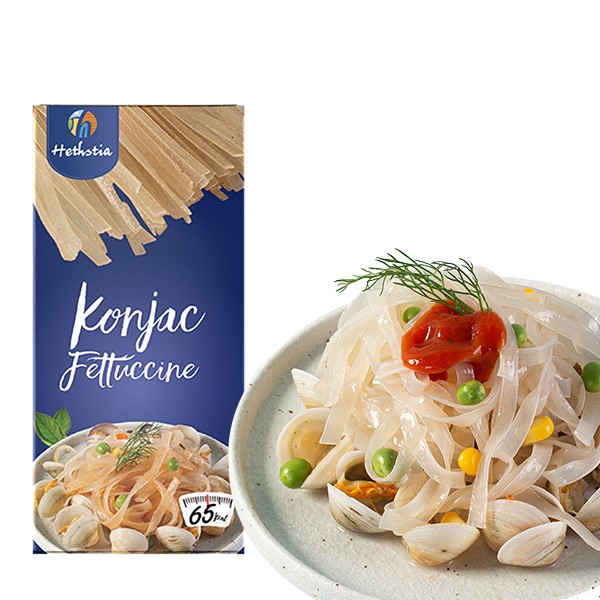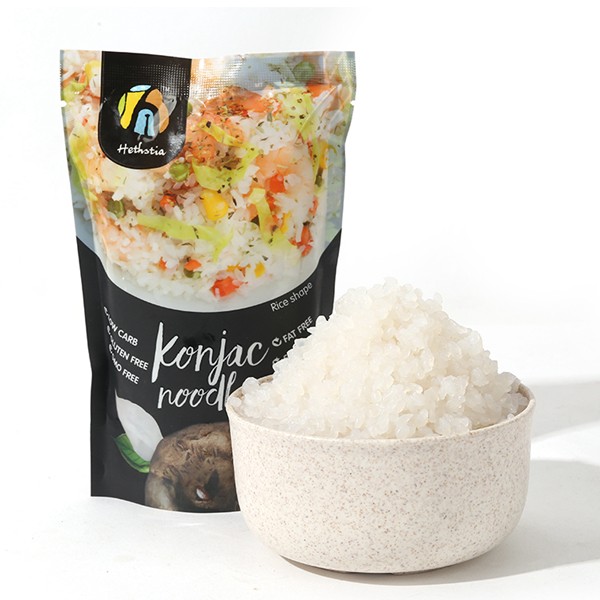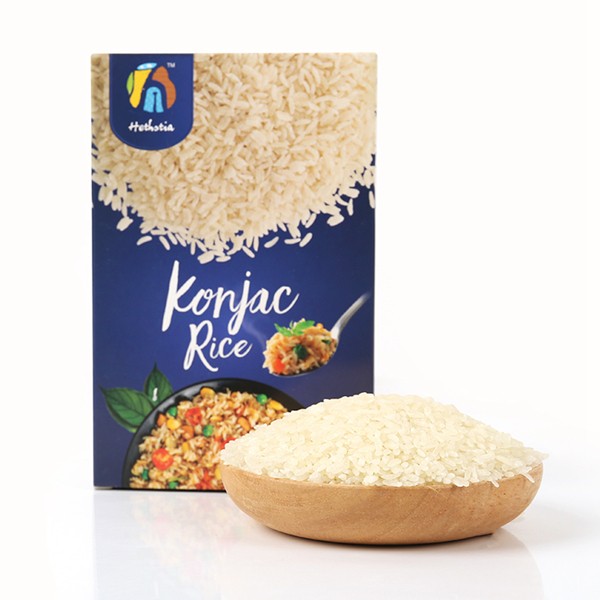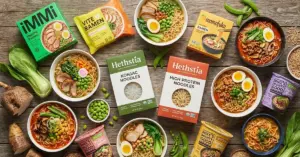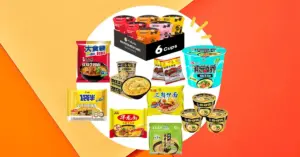The quality requirement of Konjac chips processing is that the moisture content is reduced to less than 15% and the color remains white. Generally speaking, white is the first grade, gray-white is the second grade, and gray-black is the unqualified product.
Fresh Konjac bulbs have a moisture content of 80 to 85 percent. Konjac has a thin skin and brittle flesh, which can be easily injured and lead to rotting.
As soon as possible after harvest, it should be sent to a bakery for dehydration and primary processing to maintain quality and become a commercial ingredient. It is also easy to package—transportation sales.
Containing sulfur dioxide can not exceed the standard, Japan’s imports generally can not exceed 0.9g/kg. China’s industry standards for ordinary konjac flour sulfur dioxide content ≤ 2.0g/kg, purified konjac flour ≥ 0.5g/kg. Purity requirements of no sediment, hair, and other debris, to keep the konjac chips clean.
The Konjac chips processing process is:
Fresh Konjac bulb → Remove buds, and roots → Cleaning and peeling → Slicing or block → Color protection → Drying → Inspection → Packaging → Finished product.

1. Cleaning and peeling
Now more have chosen to mechanize the method, commonly used equipment has the following kinds:
1.1 Rotating drum-type cleaning and peeling machine
The rotating drum’s inner wall has a spiral guide plate or other wave-like projections, when the fresh konjac in the cylinder roll, konjac and konjac and cylinder wall friction between each other and the effect of cleaning and peeling.
1.2 Brush-type cleaning and peeling machine
Fresh konjac in the machine is driven by the rotating brush and roll, scrubbing, and friction to complete the cleaning and peeling.
More commonly used is the combination of the rotating drum and rotating brush.
Its efficiency can be higher, but the current problem is due to the shape of the bulb is not rounded.
Buds nesting deep, peeling off the loss of a larger, up to 3% ~ 10% or more, and rinsing in the water for a long time, peeling after the exposure of glucomannan particles are dissolved loss.
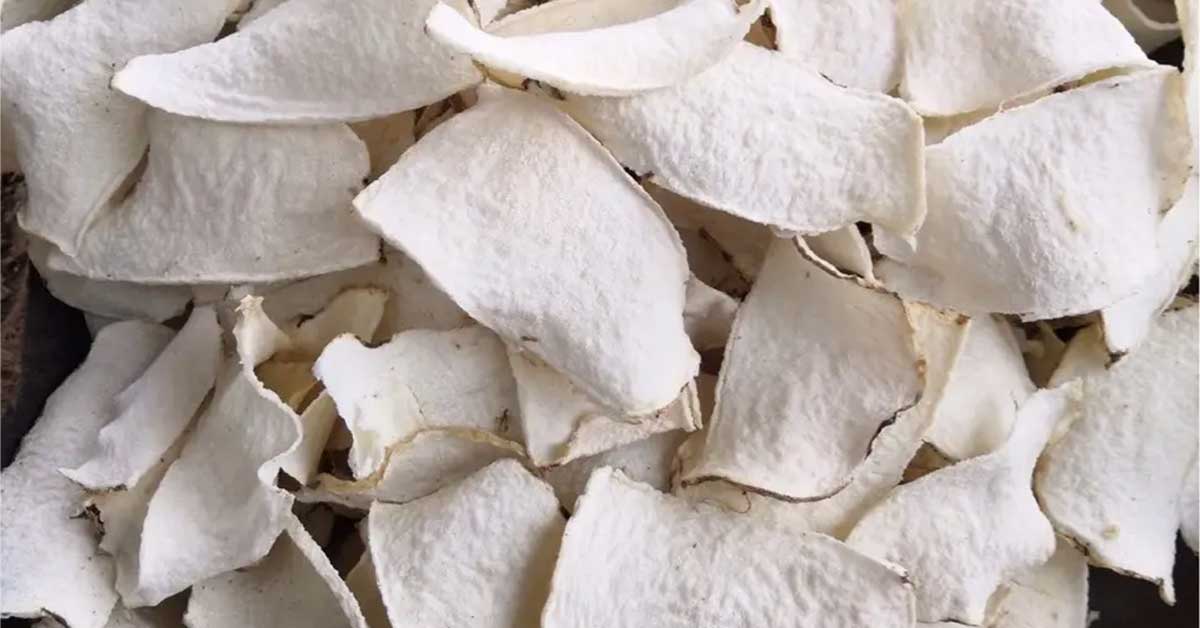
2. Konjac Slicing
Fresh Konjac in the hopper using its gravity on the blade, relying on the blade reciprocating linear movement and completing the slicing.
The equipment thickness uniformity, the adaptability of different sizes and shapes of konjac bulbs, allowing the use of cutting edge long blade, easy to match with the drying equipment, the effect is good.
3. Konjac chips browning and color protection
Konjac chips processing is very easy to occur browning, so the Konjac chips into dark brown or black, seriously reducing the quality of the Konjac slices.
Konjac browning causes although not exclude non-enzymatic browning of carbon and ammonia reaction that is contained in the bulb of amino acids and reducing sugar compounds to generate black protein and black.
However, the main reason is still enzymatic browning. Because the Konjac bulb contains sufficient phenolic substances and polyphenol oxidase, coupled with a large number of oxygen into the skin.
While heating and baking, with these conditions, is necessary to occur the phenomenon of browning, to prevent browning the main methods are as follows.
3.1 Konjac chips heat treatment method
Polyphenol oxidase is inactivated at 70℃~90℃ and inactivated at 71℃~73.5℃ under humid heat for 5 minutes.
3.2 Konjac chips treated with Sulfur dioxide and sulfite
Both are strong inhibitors of enzymes. Material subject to sulfur dioxide 10mg/kg that can completely inhibit the enzyme, production due to volatilization and other losses, control the use of 300mg/kg ~ 600mg/kg.
Direct consumption of food in the provisions of sulfur dioxide residue should be less than 20mg/kg.
China’s current production is generally used in the production of fumigation methods or the use of sulfur dioxide contained in the coal directly into the material and in the early stage of the roasting temperature control in the 75 ℃ or more.
At present, our production generally uses the fumigation method or uses the sulfur dioxide contained in coal directly into the material, and in the early stage of baking temperature control at 75 ℃ above the hot and humid environment to control the browning.
But because of the inaccurate control of the amount of sulfur dioxide, often caused by the Konjac chips, and its made of fine powder in the sulfur dioxide content of the exceeding.
So that in international trade is often jammed in the future must be solved to control the amount of sulfur dioxide of the problem.

4. Konjac chips drying principle
Factors affecting the drying of Konjac chips are as follows:
4.1 hot air temperature
Konjac chips drying medium is generally using hot air. The temperature of the hot air affects the drying speed and the quality and color of Konjac slices.
Temperature increases, drying faster, when the temperature is about 70 ℃, drying fast, glucomannan content is also high.
Temperature is not enough, and can not quickly inhibit enzyme activity, glucomannan, and other consumed. If the temperature is too high, causing sugar caramelization, glucomannan content is also reduced.
When the hot air temperature is about 80 ℃, the color is the best, and then the temperature and the color become worse.
Now the general drying equipment uses multi-air temperature drying, drying the initial air temperature of 100 ℃ ~ 120 ℃, due to the high humidity of the material, the air temperature will soon fall.
The actual material temperature is not higher than 80 ℃, in this high-temperature loss of water and color fixation, to the middle and late wind temperature gradually dropped to less than 60 ℃, the konjac chips of good quality, and save fuel.
4.2 Hot air humidity
The greater the difference between the absolute humidity of the air and the saturated humidity, the stronger the drying capacity and the greater the drying rate.
4.3 Hot air flow rate
A hot air flow rate increase can increase the material in the water to the outside of the evaporation while taking away the material’s surface water vapor, but the flow rate is too large, and energy consumption is too much.
4.4 Fresh Konjac chips thickness
With this Konjac chip thickness decreases, drying rate increases. Konjac slices thickness of 7mm ~ 8mm, due to fast drying, glucomannan content is the highest.
According to the study of Konjac chips drying optimization process parameters: wind temperature 81 ℃, wind speed 1.4m / s, slice thickness 5mm, can be used as a reference.
5. Konjac chips drying equipment
At present, China’s Konjac chips drying still a large number of traditional baking stoves, the advantage of low equipment costs.
But there are serious shortcomings are radiation heat transfer, static drying, time-consuming too long (nearly 2 days), drying not uniform, fumigation is difficult to control the quality of the product is poor.
The black slice of the more dust contamination, the sulfur content of the excessive standards.
More than ten years of China’s baking equipment to the mechanization of continuous progress, from the bottle gallon type drying room → flint type drying equipment (downstream, countercurrent, convection) → vibration fluidized bed drying equipment → mesh belt type drying equipment.
Mesh belt-type equipment borrowed from Japan’s equipment (heavy oil as fuel), combined with China’s actual (burning coal) after several years of continuous improvement, has reached more satisfactory results.
FAQ
Can konjac be eaten raw?
Konjac can not be eaten raw.
Although konjac is rich in nutritional value, but raw konjac is toxic, and can not be eaten raw, if eaten directly will lead to food poisoning, generally needs to be processed to reduce the toxicity of the treatment, can be eaten.
What will happen if konjac is eaten raw?
Konjac will be poisoned if eaten raw. Konjac poisoning mainly paralyzes the respiratory center and motor center, so a series of symptoms of poisoning, initially visible throat and stomach and intestines have a spicy or burning sensation, followed by salivation, nausea, vomiting, abdominal pain, sweating, speech not clear, panic palpitations, pallor, respiratory irregularities, or even respiratory center is completely paralyzed to death.
What to do if you eat konjac raw?
1, Edible vinegar with ginger juice.
Konjac cold flavor Xin, poisonous, is an alkaline food, if accidentally konjac poisoning, folk commonly use vinegar with a little ginger juice, internal or containing gargle, can be poisoned toxicity, can be detoxified.
2, Timely medical.
If the konjac poisoning is more serious, nausea and dry vomiting, abdominal pain, speech is not clear, panic palpitations, paleness, and breathlessness, must be timely to the hospital to receive treatment, so as not to cause irreparable damage.
How to eat konjac?
1, Buy processed konjac.
Konjac is toxic when eaten raw, so it is best to buy processed Konjac products, such as konjac tofu, konjac noodles, these have been detoxified, and it is recommended that the best thing to do is to cook with water before eating, or on the pot to stir-fry before eating.
2, Raw konjac needs to be decocted to remove the poison.
If you buy raw konjac, must not be eaten directly, and needs to be decocted more than 3 hours to eat.



